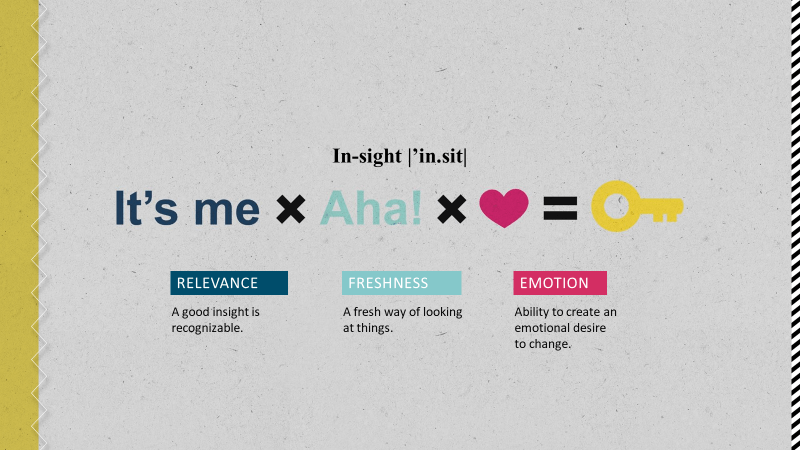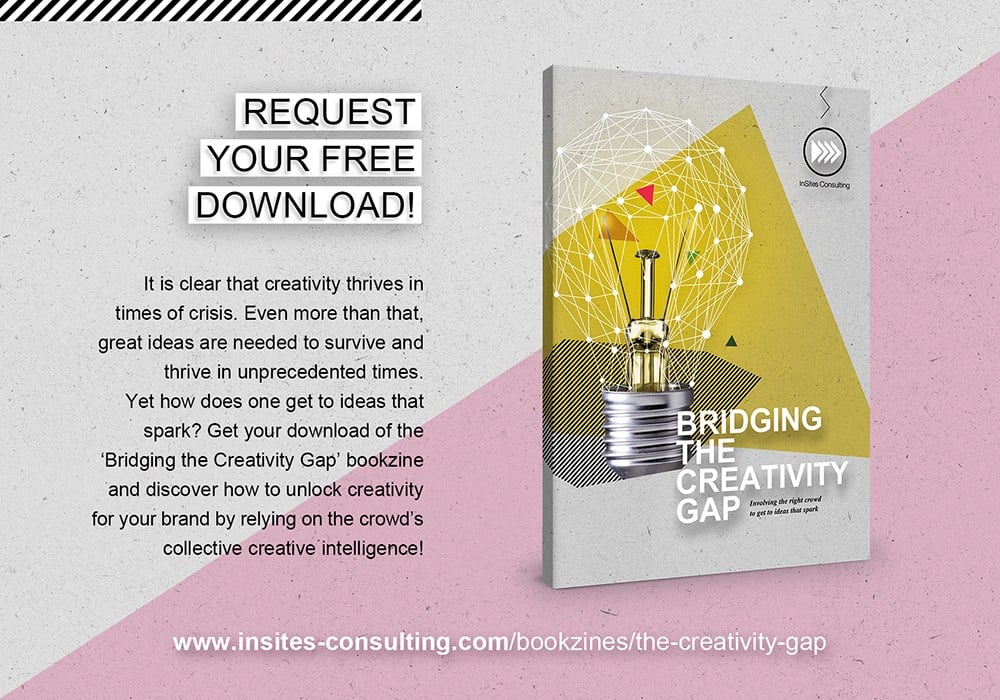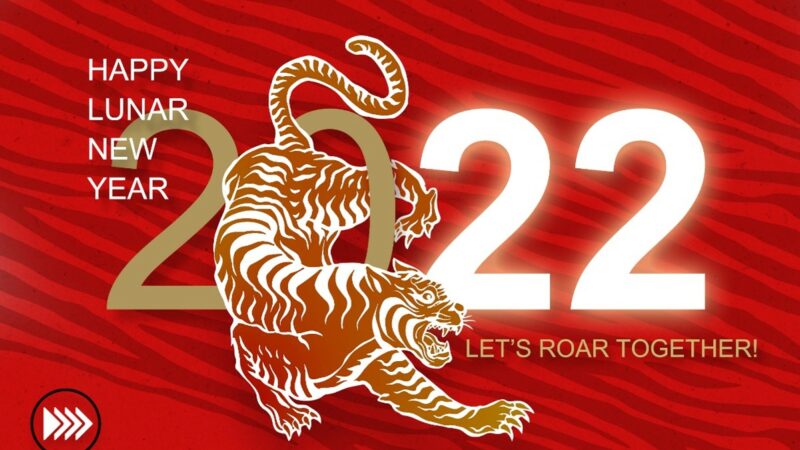The three parameters of ideation
The LEGO Group has converted some of their machinery to produce more than 13,000 plastic face visors a day to support healthcare workers, Accenture started a platform to connect laid-off staff with hiring organizations, and YouTube launched a new free video-building tool. It is clear that creativity thrives in times of crises. Even more than that, great ideas are needed to survive and thrive in unprecedented times. Yet how does one get to ideas that spark? We summarized the three main principles of successful ideation:
1. Keep your insight(s) at the core
Successful ideation starts with a clear understanding of the underlying consumer problem or friction. If one has not clearly defined the problem, how is one supposed to find a solution? This essentially boils down to kick-starting any ideation challenge with understanding the underlying needs, and translating these into insights.
A good insight has the power to unlock marketing innovation at different levels: brand innovation, product innovation, service innovation, communication, and consumer activation. The key is to select the insights which should form your ideation journey’s cornerstone.

Yet obvious as it might sound, many ideation attempts do not start with a clearly defined insight. Our research has shown that concepts with a validated insight at the basis perform 40% better than those without. It is therefore essential to truly immerse in the consumer reality and detect those insights that can fuel innovation. The stronger the insight, the higher the business potential.
2. Aiming for sustainable diversity
The sum of a group is greater than the brightest individual. This is especially valid in ideation, where time after time groups of diverse problem solvers outperform groups of high-ability problem solvers. Diversity is how we can become collectively smarter; we get to synergies by combining a group of people with different backgrounds, reference points and perspectives to explore the solution space. This is also the foundational principle behind creative crowdsourcing, where one opens up an ideation challenge to a diverse group of people. Diversity is essential. Yet its existence is not enough; it needs to be maintained. When bringing people together, an interesting dynamic kicks in: people either accentuate their differences and polarize, or they downplay them and reach a consensus. In both cases, the diversity is diminished. Relative isolation retains people’s diversity. This is also why one must avoid working with fixed groups in ideation sessions. It is essential that people get individual thinking time, and to continuously rotate groups and people.
3. Striking a balance between divergence and convergence
Ideation is a volume game: during the divergent stage, the goal is to come up with as many ideas as possible. However, Sturgeon’s Law states that 90% of everything is crap. But the opposite is also true; 10% of everything is not crap, with a smaller percentage potentially being brilliant. That is why it is essential to spend adequate time and resources in selecting, prioritizing and fine-tuning the ideas in the first stage. Getting an idea is a great eureka moment, but it needs to be tested quickly against reality to see whether it resonates with consumers.
As creative-collaboration enthusiasts, we believe in the power of creativity to help brands fast-forward. Involving the right crowd for the right ideas at the right moment is key in shaping new business opportunities and thrive in these uncertain times. Therefore, we put the three principles of successful ideation into practice in our proprietary Creative Crowdsourcing community, which serves as a creative engine to fuel ideation efforts.
Eager for more? Don’t miss our Creative Collaboration in times of crisis infographic to revisit the key take-aways on how to unlock creativity for your brand!
Want to learn more on how to tap into creative collaboration for your brand? Get in touch and we’d happy to start the conversation and listen to your challenges!






